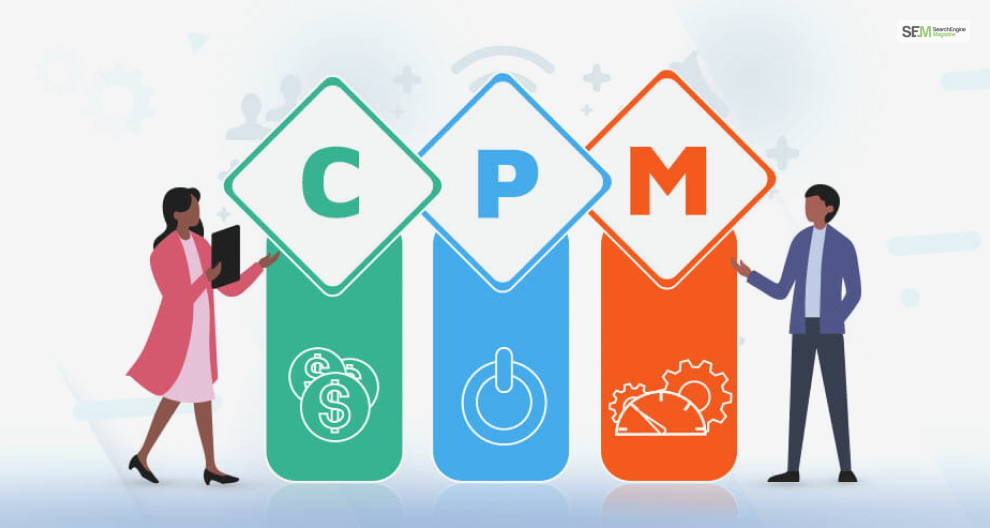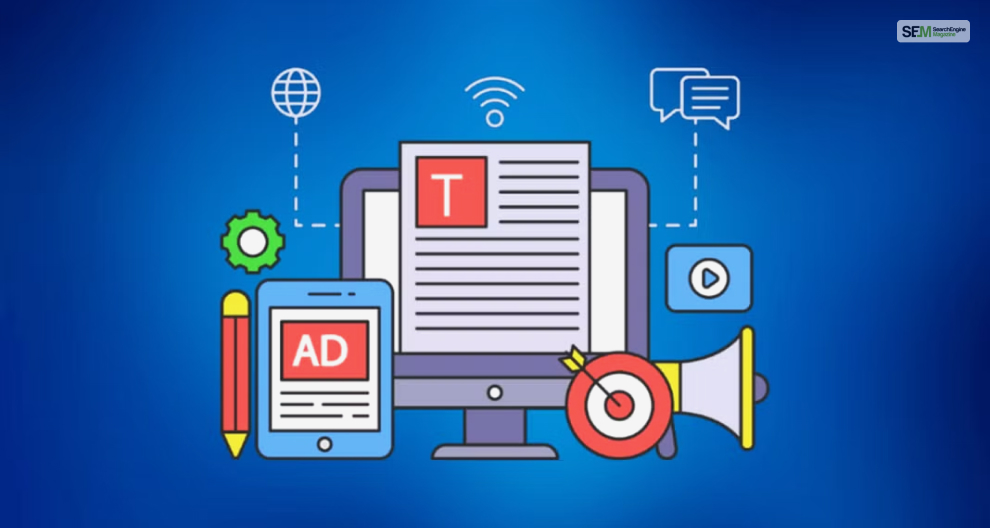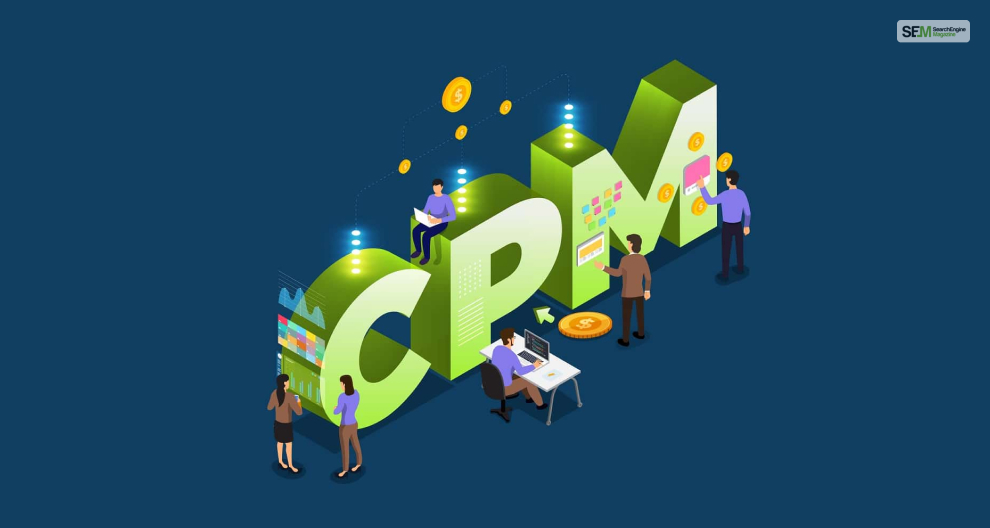How To Know If Someone Blocked You On iMessage? 5 Secret Hacks!
Apr 16, 2025

Apr 16, 2025

Apr 16, 2025

Apr 15, 2025

Apr 11, 2025

Apr 11, 2025

Apr 11, 2025

Apr 08, 2025

Mar 29, 2025
Sorry, but nothing matched your search "". Please try again with some different keywords.


CPM, which stands for “Cost Per Mille” or “Cost Per Thousand,” is a common advertising metric. It’s used in online advertising, particularly in the context of display advertising and programmatic advertising campaigns. CPM in digital marketing represents the cost an advertiser pays for every one thousand impressions of their ad.
If you want a detailed explanation regarding the importance of CPM in digital marketing and how to use it best, read this post till the end.

CPM is a pricing model where advertisers pay a fixed rate for every 1,000 ad impressions (views) of their advertisement. The term “mille” in CPM is derived from the Latin word for “thousand,” indicating the unit of measurement.
So, how does CPM work?
Advertisers agree to pay a specific CPM rate to display their ads on a publisher’s website or platform. The publisher, who owns the website or app where the ad is displayed, charges the advertiser based on the CPM rate.
Ad impressions are counted each time a user loads and views the ad. When the ad reaches 1,000 impressions, the advertiser is billed according to the agreed-upon CPM rate.
Here are some key points regarding CPM in digital marketing:

The main benefits of CPM in digital marketing are:

The main drawbacks of using CPM in digital marketing are:

To best use CPM in digital marketing, you can take various steps. To utilize CPM in digital marketing to its fullest potential, you should have a CPM campaign comprising of the following steps:
Before using CPM, define your campaign objectives. Are you aiming for brand awareness, lead generation, or conversions? Understanding your goals will inform your CPM strategy. You can use the Google Campaign Manager to do so.
Understand your target audience’s demographics, interests, and online behavior. This knowledge of audience insights will help you choose the right platforms and placements for your CPM campaign.
Create eye-catching and compelling ad creatives. Visual appeal and relevance to your target audience are crucial for grabbing attention. If you use TikTok for promotions (apart from ads), you can use the TikTok Creative Center to get new ad design ideas.
Choose suitable ad placements that align with your target audience on websites, apps, or social media platforms. Here, try to consider contextual relevance.
Conduct A/B tests with different ad creatives, formats, and placements to identify what performs best. Continuously optimize based on these results.
Implement frequency capping to control how often a user sees your ad. This prevents ad fatigue and irritation due to excessive exposure.
Ensure that your ad’s destination, such as a landing page, is relevant, user-friendly, and optimized for conversions. A seamless user experience is critical.
Keep track of ad viewability metrics to ensure that users actually see your ads. Some platforms offer viewability reports to assess this.
Adjust your CPM bid based on the competition and your campaign goals. Higher bids may lead to more prominent ad placements.
Consider scheduling your ads to display at specific times or on certain days when your target audience is most active or receptive.
Use geo-targeting to display ads to users in specific geographic regions. This is especially useful for local businesses.
Regularly analyze campaign data, including click-through rates (CTR), conversion rates, and return on investment (ROI). Use this data to refine your CPM strategy.
Set a clear budget for your CPM campaign and monitor spending closely. Adjust budgets based on performance.
Ensure your ad content complies with platform-specific guidelines and industry regulations to avoid rejection.
Consider using CPM for remarketing campaigns to target users who have previously interacted with your brand but didn’t convert.
Be transparent with users about data collection and privacy practices in compliance with regulations like GDPR or CCPA.
Stay updated on industry trends, ad formats, and changes in ad platforms. Digital marketing is ever-evolving, and adapting to new opportunities is crucial.
You may explore multiple advertising platforms and networks to find the ones that align best with your goals and audience.
CPM in digital marketing is a fundamental metric in online advertising that quantifies the cost of displaying ads to a thousand viewers.
It’s valuable for brand awareness campaigns and provides advertisers with predictable pricing, although it may not directly measure user engagement or conversions. Advertisers should choose the most appropriate pricing model based on their campaign goals and objectives.
By following these best practices explained above, you can maximize the effectiveness of your CPM campaigns in digital marketing, ultimately driving better results and ROI. Continual monitoring, testing, and optimization are key to success in this advertising model.
Also Read
Pijus Maity is an SEO Associate with an engineering background, combining technical expertise with a passion for digital marketing. He specializes in optimizing websites for better search engine performance, leveraging data-driven strategies to enhance user experience and drive results
View all Posts
How To Know If Someone Blocked You On iMessag...
Apr 16, 2025
7 Website Design Mistakes That Are Hurting Yo...
Apr 16, 2025
Programmable Dynamic SEO for Location-Based P...
Apr 15, 2025
Google Boba Game: How To Play This Fun Game B...
Apr 11, 2025
Which Is The Best Video Search Engine Of 2025...
Apr 11, 2025

